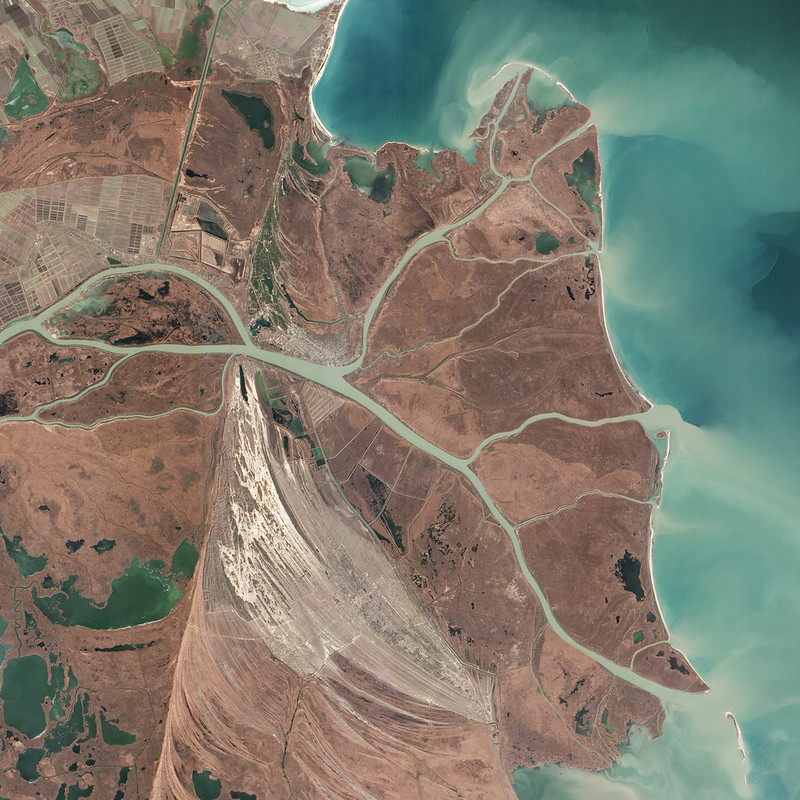Excerpt:
The sand shortage and new opportunities…
Sand. It’s coarse, rough, irritating, and it gets everywhere — perhaps more than you think. Sand is the second most used natural resource after water and the most extracted solid material, accounting for 85% of global mineral extraction. Like a messy trip to the beach, it has infiltrated our pockets and all our surroundings. It’s the key ingredient in cement, asphalt, glass, and silicon chips. Our cities are glorified sand castles, and our most advanced tech is built from this unimposing substance.
But not all sand is created equal. Desert sand, sculpted over millennia by the wind, is too smooth for cement production. But the sand formed by water is perfect, making Earth’s rivers, deltas, lakeshores, and beaches ground zero for extraction. One major problem is that this immense industry is largely unregulated. Criminal enterprises and dangerous working conditions have bloomed in the absence of adequate monitoring and enforcement. The sand mafias that often run these markets are no sandlot bullies. They understand, perhaps better than anyone, that on these beaches there’s a lot to gain, and even more to lose.
If your younger self thought quicksand was going to be a big problem as an adult, well you were actually right. Sand is depleting… quickly. Every year we pull 50 billion tons of sand from Earth’s shores. Put in other words, that’s an elephant’s weight in sand per person each year. We’re using twice as much as is being replaced by sediment. And rapid urbanization and booming sand-consuming industries are still on the rise. Like an hourglass getting bottom-heavy, we’re a few grains away from running out.
In rapidly-growing countries like China and India, the sand balance is particularly unsustainable. US cement consumption over the past 115 years hasn’t even reached a third of what China has used in the past decade. The impact of this mining? Desecrated ecosystems, abnormally low water levels, rapid erosion, pockets of coastlines missing, and changed shapes of rivers and lakes. In China, mining along the Yangtze River got so bad it was banned, so operations moved to Poyang Lake.
Sand loss at this scale can have catastrophic downstream effects: coastal erosion, less nutrient transport, and disrupted livelihoods. In the Mekong Delta, sand mining and numerous upstream dams are precipitating a crisis. Its 20 million residents care for one of Asia’s critical rice supplies, but mining has lowered the river by more than 3 feet (1 meter) and ruined fields through salt water infiltration…









